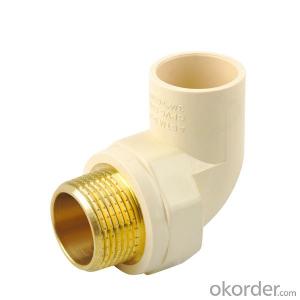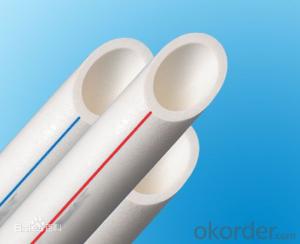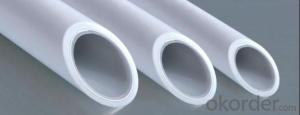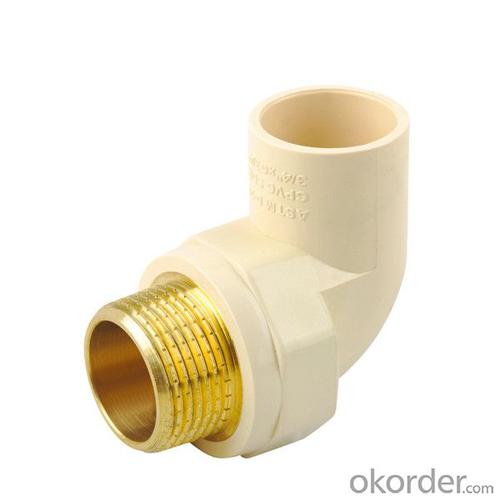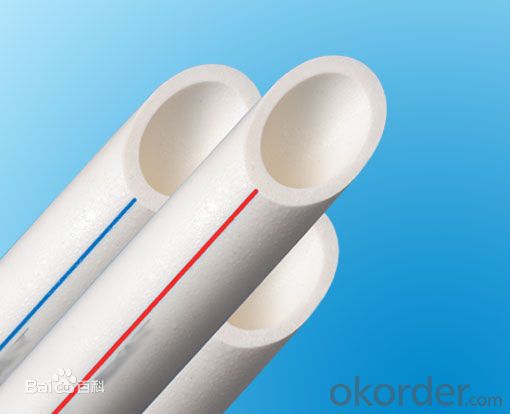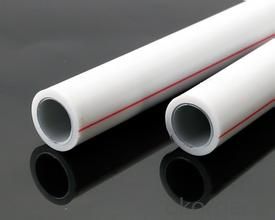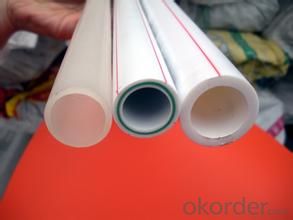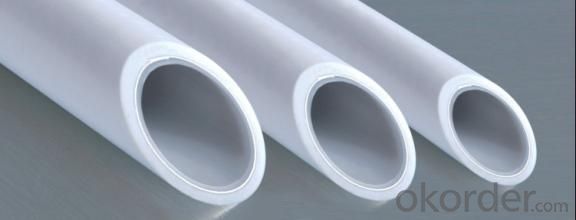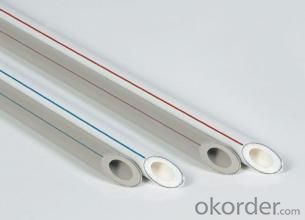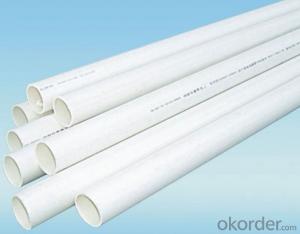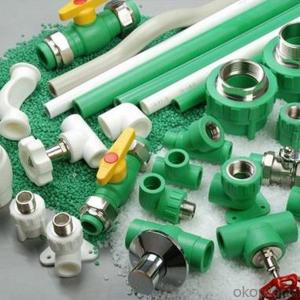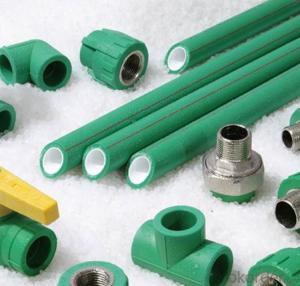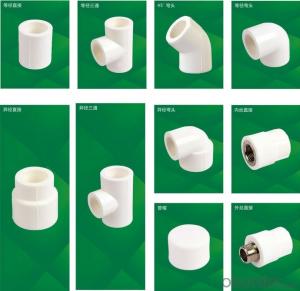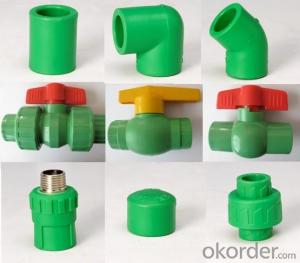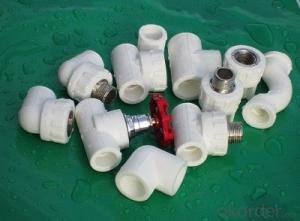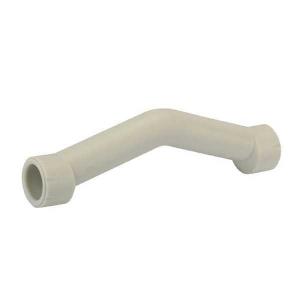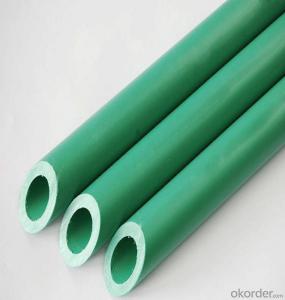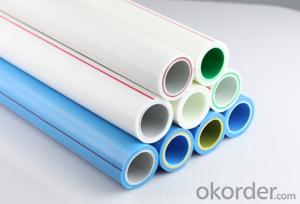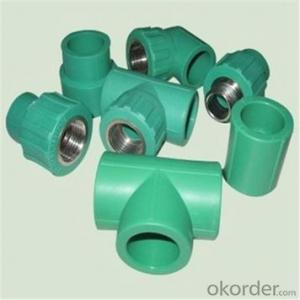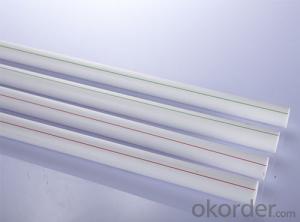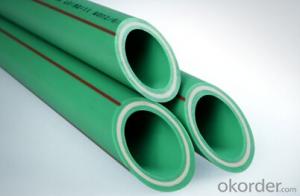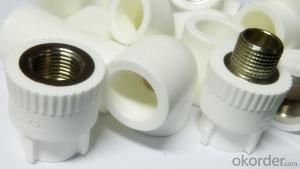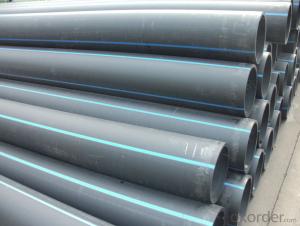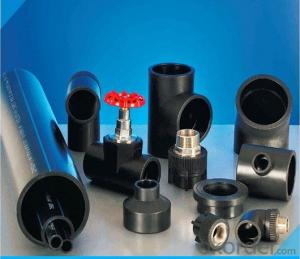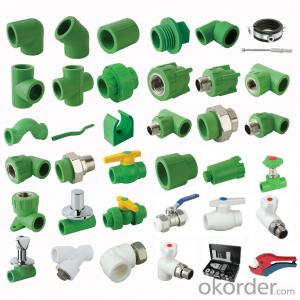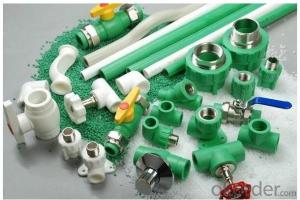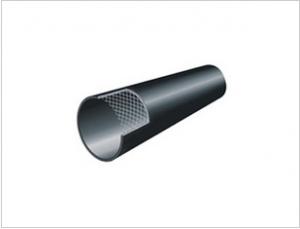Plastic T Pipe Fitting for PPR Pipe Landscape Irrigation Application from China New 2024
- Loading Port:
- Tianjin
- Payment Terms:
- TT OR LC
- Min Order Qty:
- 1000 PCS
- Supply Capability:
- 100000 PCS/month
OKorder Service Pledge
OKorder Financial Service
You Might Also Like
Introduction of Products
Material: PP-R, PPR
Technics: injection
Type: pipe
Place of Origin: China (Mainland)
Model Number: 20-110MM
Connection: Welding
Shape: Equal
Head Code: round
Product Type: Ppr pipe
Color: white, grey, green
Item number: DSE001-DSE010
Specifications
Standard: DIN8077/8078 Material: R200P from Korea Size: DN20-63 Color: Green, White, Grey, Blue
Packaging & Delivery
Packaging Details: PE bag + carton
Delivery Detail: 15 Days
Product Applications
Distribution for cool and hot water Duct for drinkable water system Pipes for kinds of high-temperature and low-temperature heating system Pipes for heating and cooling settings in solar energy system Connecting pipe for air conditioners
Size
Normal Sizes for CNBM PPR Pipe | |||||
Outside Diameter(mm) | Wall Thickness(mm) | Package(m/bale) | |||
S5 PN1.25MPa | S4 PN1.6MPa | S3.2 PN2.0MPa | S2.5 PN2.5MPa | ||
20 | 2 | 2.3 | 2.8 | 3.4 | 120 |
25 | 2.3 | 2.8 | 3.5 | 4.2 | 120 |
32 | 2.9 | 3.6 | 4.4 | 5.4 | 80 |
40 | 3.7 | 4.5 | 5.5 | 6.7 | 60 |
50 | 4.6 | 5.6 | 6.9 | 8.3 | 40 |
63 | 5.8 | 7.1 | 8.6 | 10.5 | 24 |
75 | 6.8 | 8.4 | 10.1 | 12.5 | 16 |
Product Show
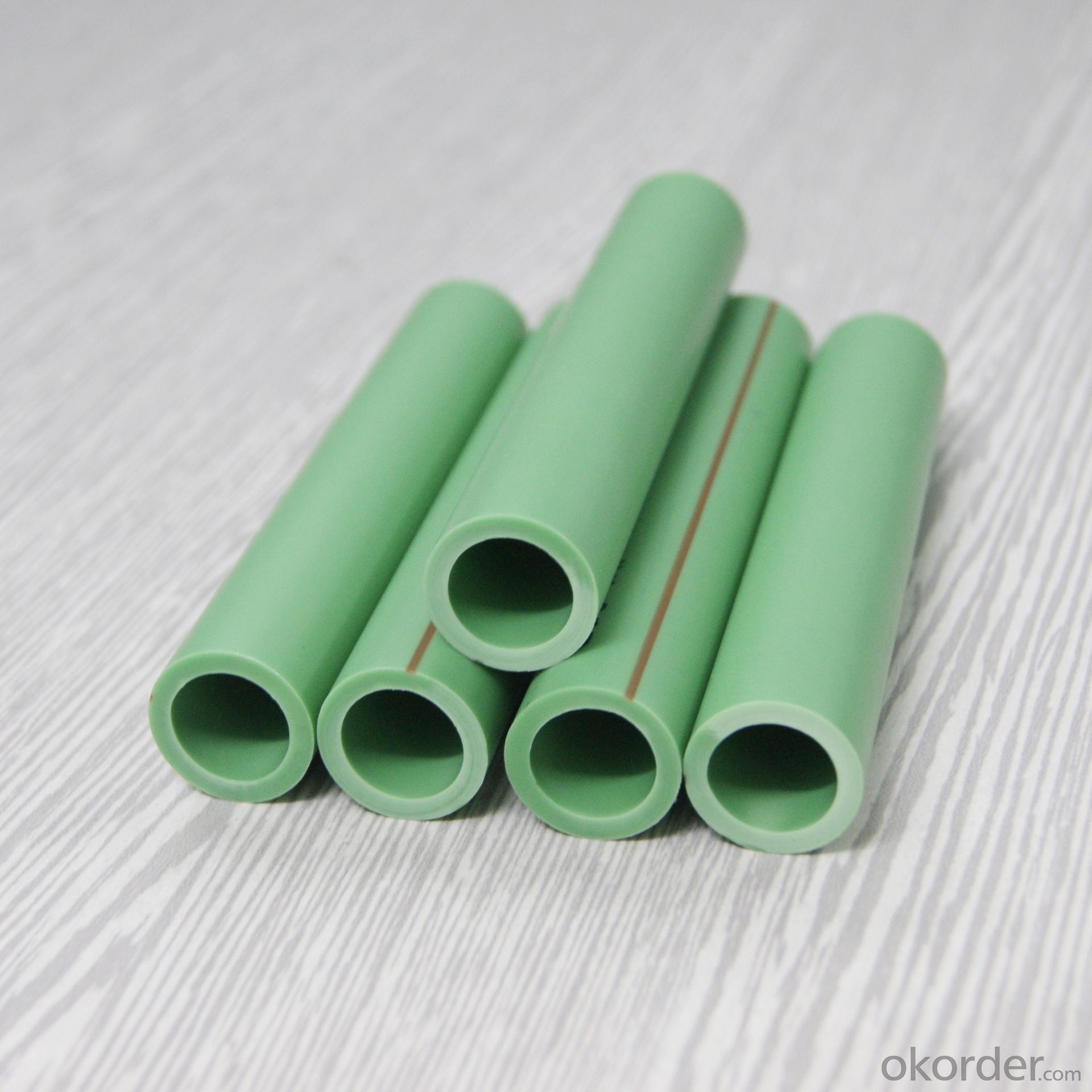
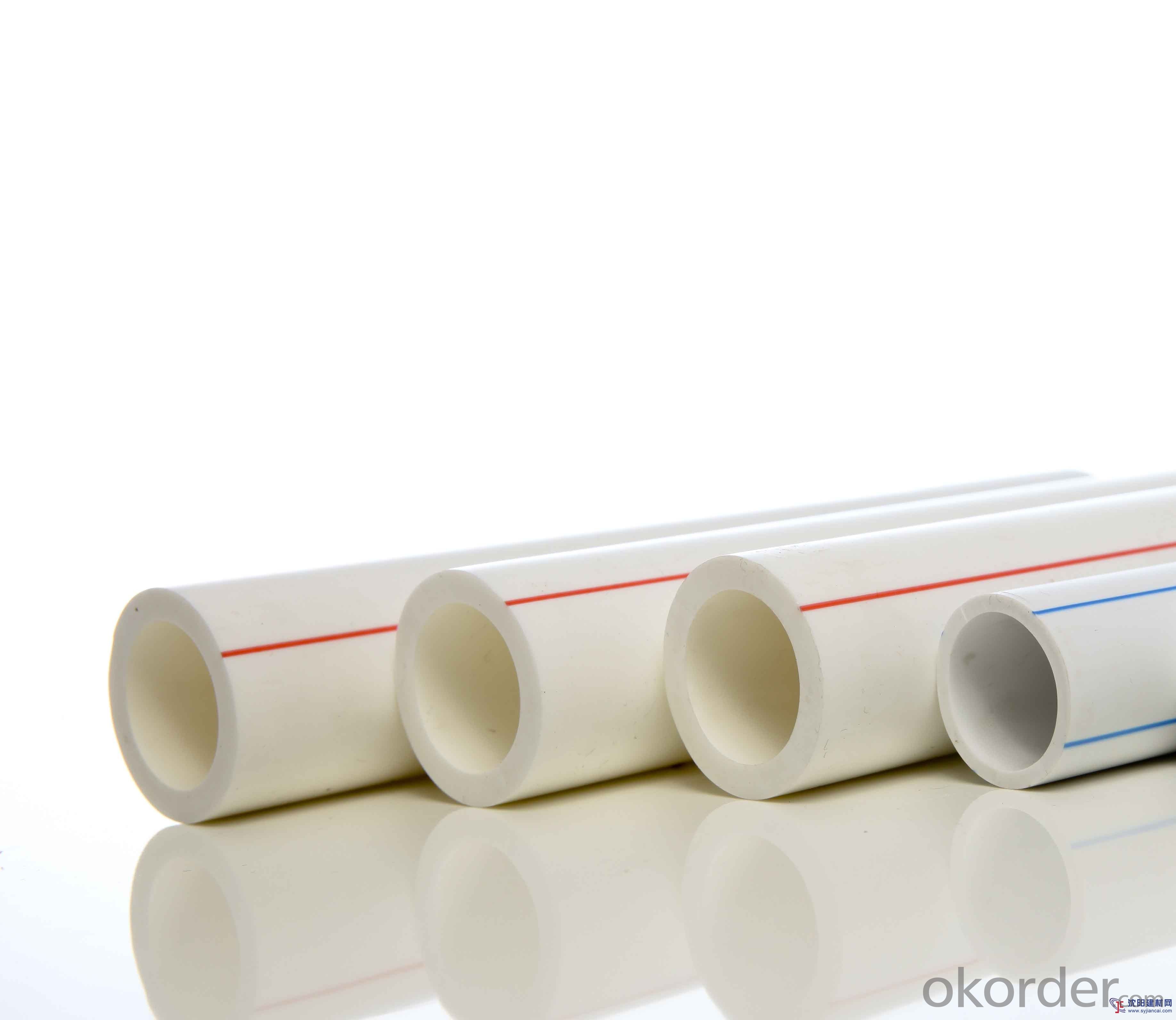
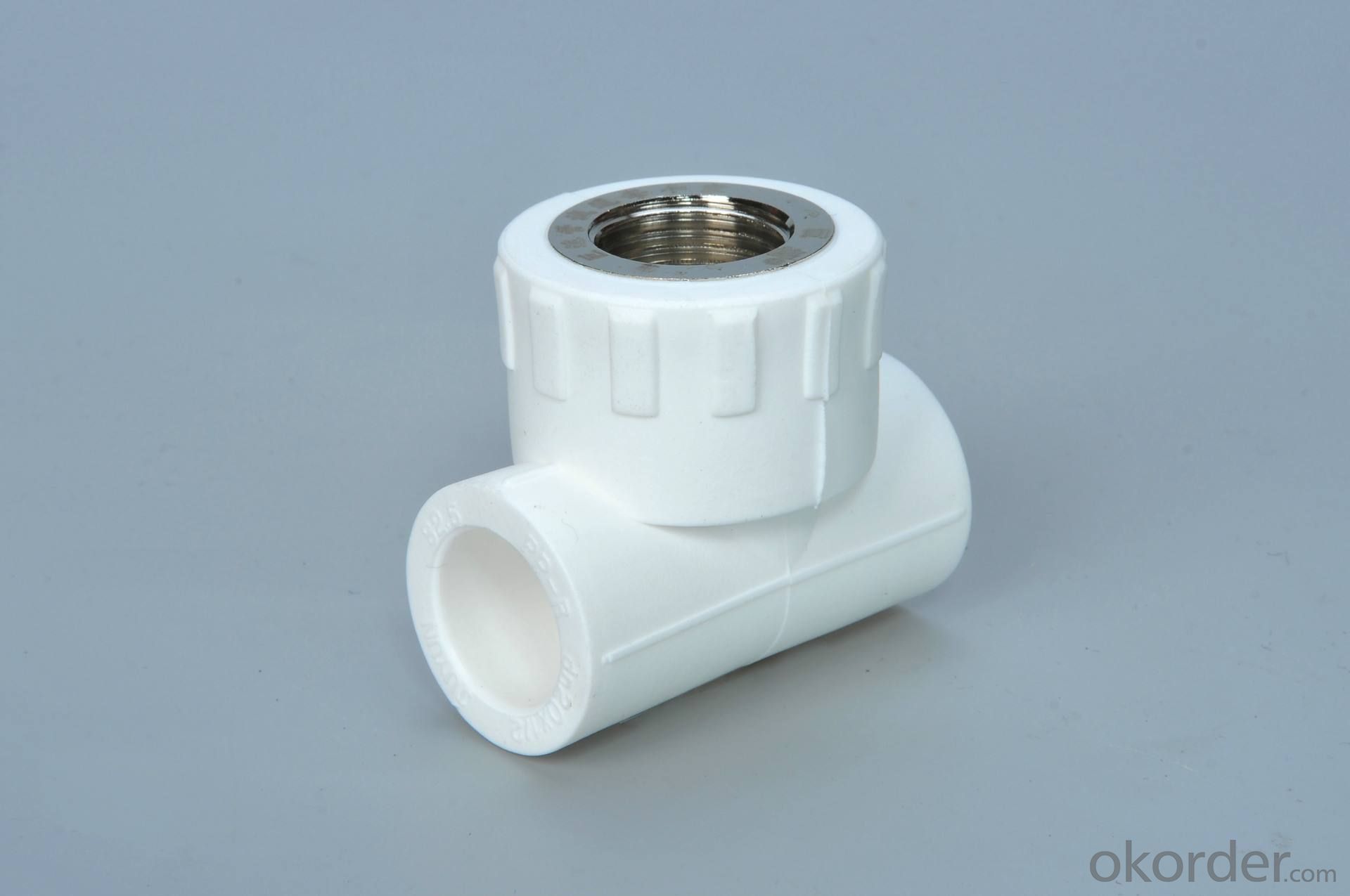
Company Profile
CNBM International Corporation (CNBM International) is the most important trading platform of CNBM Group Corporation, a state-owned company under the direct supervision of State-owned Assets Supervision and Administration Commission of the State Council.
CNBM International is highly recognized by its business partners and clients all over the world and has obtained rapid development under the spirit of win-win. We will carry on the mutual beneficial, innovative and revolutionary trading structure as we did before, create value for our employees, shareholders and clients and benefit the whole society in our future development.
FAQ
Q: What you offer?
A: Any kinds of goods you need, just send us the request, we will reply you back with the details very soon.
Q: Product quality and delivery time?
A: Normally 7-15 days after the order confirmed, we will collect the goods and inspect each of the items and send you the inspection photos for you to confirm.
Q: What's the regular shipping port?
A: Tianjin, Shanghai.
Q: What's your payment?
A: T/T,L/C,D/P,D/A
- Q: What are plastic PVC pipes and pipe fittings made of?
- Forming equipment: pipe material, extruder, pipe fittings, injection moulding machine.
- Q: Can plastic pipe fittings be used for fuel transfer systems?
- No, plastic pipe fittings should not be used for fuel transfer systems. Plastic is not compatible with fuel and can degrade, leak, or cause a potential fire hazard. It is recommended to use fittings made from materials specifically designed for fuel transfer, such as metal or specialized fuel-resistant plastics.
- Q: How do you remove a plastic pipe fitting?
- To remove a plastic pipe fitting, you can follow these steps: 1. Turn off the water supply: Before removing any pipe fitting, it is essential to turn off the water supply to prevent any leaks or accidents. 2. Prepare the area: Clear the surrounding area of any obstructions or debris that may hinder your work. 3. Identify the type of fitting: Determine the type of plastic fitting you are dealing with. Common types include compression fittings, push-to-connect fittings, or threaded fittings. 4. Compression fittings: For compression fittings, you will need two adjustable wrenches. Use one wrench to hold the fitting in place while using the other wrench to turn the nut counterclockwise until it comes off. 5. Push-to-connect fittings: Push-to-connect fittings typically have a release mechanism built into them. Locate the release collar near the fitting, then push it down firmly towards the pipe while pulling the pipe away from the fitting. This will release the connection. 6. Threaded fittings: Threaded fittings require the use of a pipe wrench or adjustable wrench. Place the wrench on the fitting's body or hex section and turn it counterclockwise to loosen and remove the fitting. 7. Inspect and clean: Once the fitting is removed, inspect the pipe and fitting for any damage or debris. Clean the pipe end and the inside of the fitting to ensure a proper connection when reinstalling it or replacing it with a new fitting. Remember to exercise caution and follow safety guidelines when working with plumbing systems. If you are unsure or encounter any difficulties, it is advisable to consult a professional plumber.
- Q: Do plastic pipe fittings require any special tools for installation?
- Yes, plastic pipe fittings typically require special tools for installation. These tools may include pipe cutters, reamers, deburring tools, primer, and solvent cement.
- Q: Can plastic pipe fittings be used in high-temperature applications?
- No, plastic pipe fittings are not suitable for high-temperature applications as they have a lower melting point compared to metal fittings, which can cause deformation or failure under high heat.
- Q: Can plastic pipe fittings be used for chemical reactors and tanks?
- Plastic pipe fittings can be used for chemical reactors and tanks, but it depends on the specific chemical being used and the operating conditions. Certain plastics, like polyvinyl chloride (PVC) or polypropylene (PP), are resistant to many chemicals and can be suitable for such applications. However, it is important to consider factors such as temperature, pressure, and the compatibility of the plastic material with the specific chemical being handled. Consulting with a chemical engineer or an expert in plastics is recommended to ensure the appropriate selection of materials for the intended application.
- Q: Are plastic pipe fittings resistant to pressure surges?
- Yes, plastic pipe fittings are generally resistant to pressure surges. Plastic materials such as PVC and CPVC are designed to withstand sudden increases in pressure without deformation or failure, making them suitable for handling pressure surges in plumbing and industrial applications. However, it is important to ensure that the fittings are properly installed and meet the required standards to ensure their maximum resistance to pressure surges.
- Q: Are plastic pipe fittings resistant to alkalis and acids?
- Yes, plastic pipe fittings can be resistant to alkalis and acids depending on the type of plastic used. Materials like PVC (polyvinyl chloride) and CPVC (chlorinated polyvinyl chloride) are known for their excellent resistance to a wide range of alkalis and acids, making them suitable for various industrial and household applications. However, it is important to check the specific chemical compatibility of the plastic pipe fittings with the alkalis and acids being used to ensure proper resistance.
- Q: Can plastic pipe fittings be used for wastewater treatment in industrial settings?
- Yes, plastic pipe fittings can indeed be used for wastewater treatment in industrial settings. Plastic pipe fittings offer several advantages such as chemical resistance, durability, and ease of installation, making them suitable for various applications including wastewater treatment. Additionally, plastic pipe fittings can withstand the harsh conditions often found in industrial settings, making them a reliable choice for wastewater treatment processes.
- Q: How do you connect plastic pipe fittings to cast iron pipes?
- To connect plastic pipe fittings to cast iron pipes, you can use a rubber coupling with stainless steel clamps. This coupling is designed to create a tight seal between the two different materials, ensuring a secure connection.
Send your message to us
Plastic T Pipe Fitting for PPR Pipe Landscape Irrigation Application from China New 2024
- Loading Port:
- Tianjin
- Payment Terms:
- TT OR LC
- Min Order Qty:
- 1000 PCS
- Supply Capability:
- 100000 PCS/month
OKorder Service Pledge
OKorder Financial Service
Similar products
Hot products
Hot Searches
